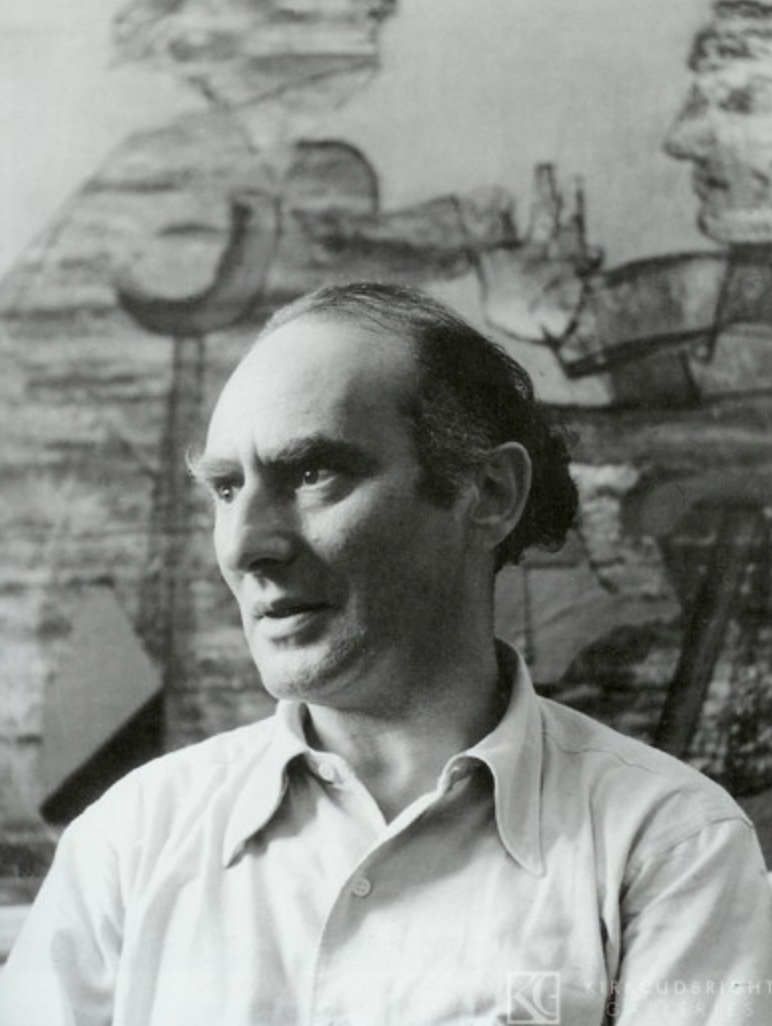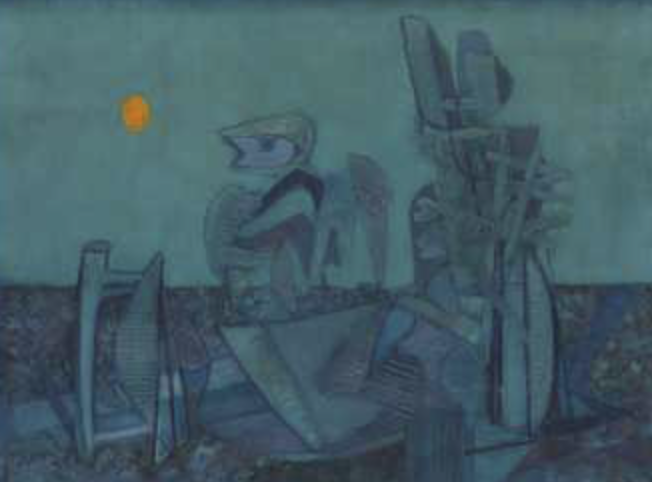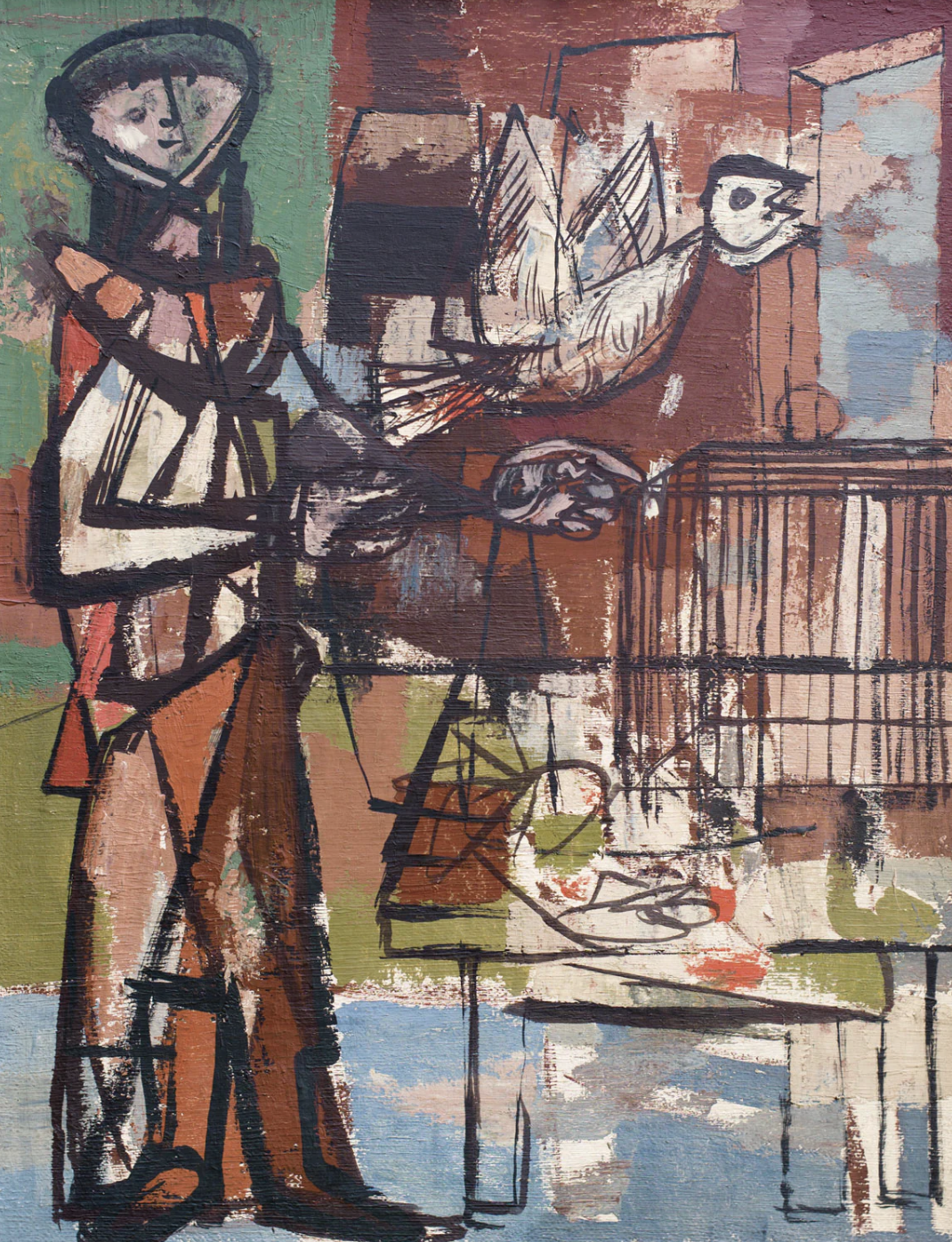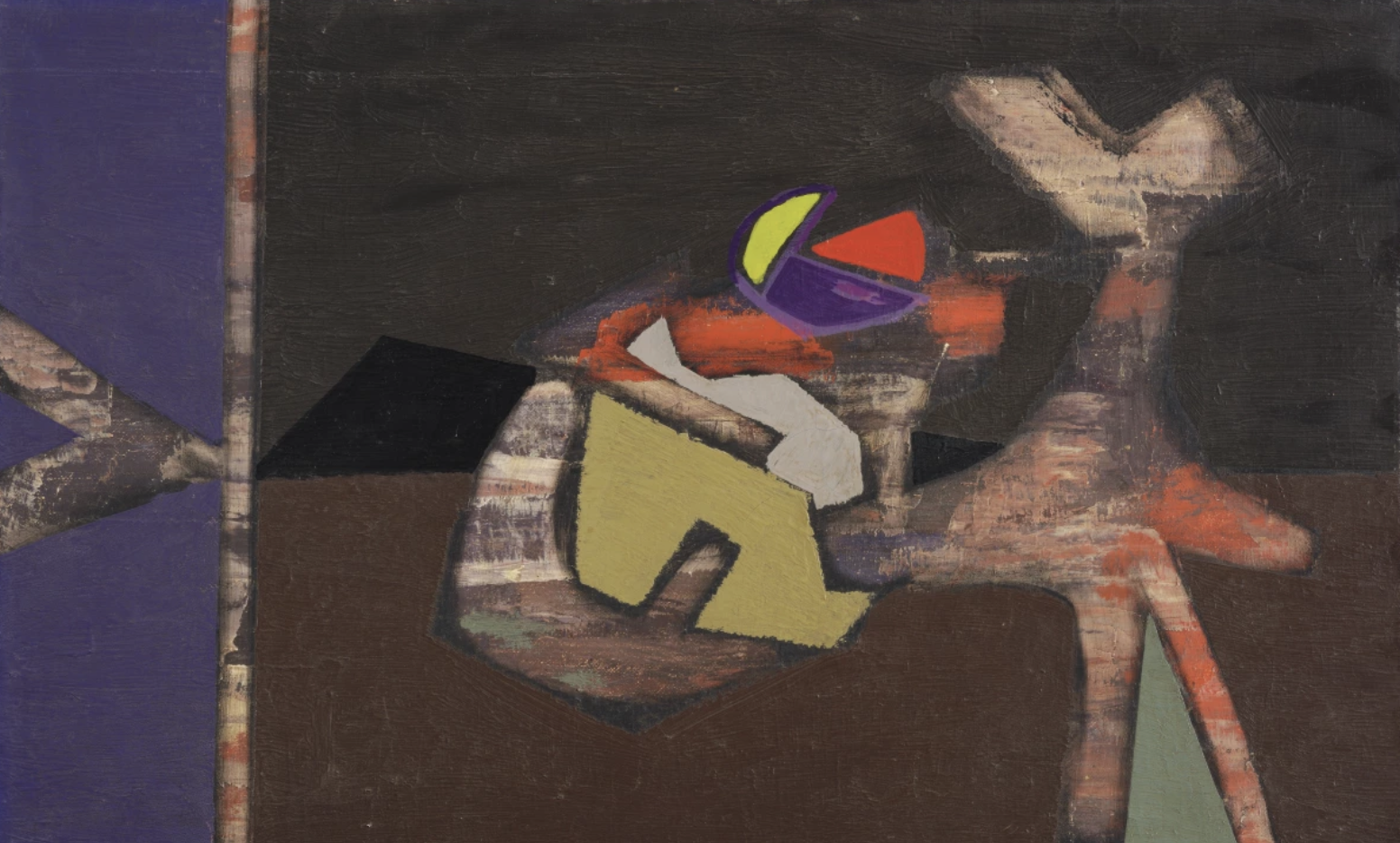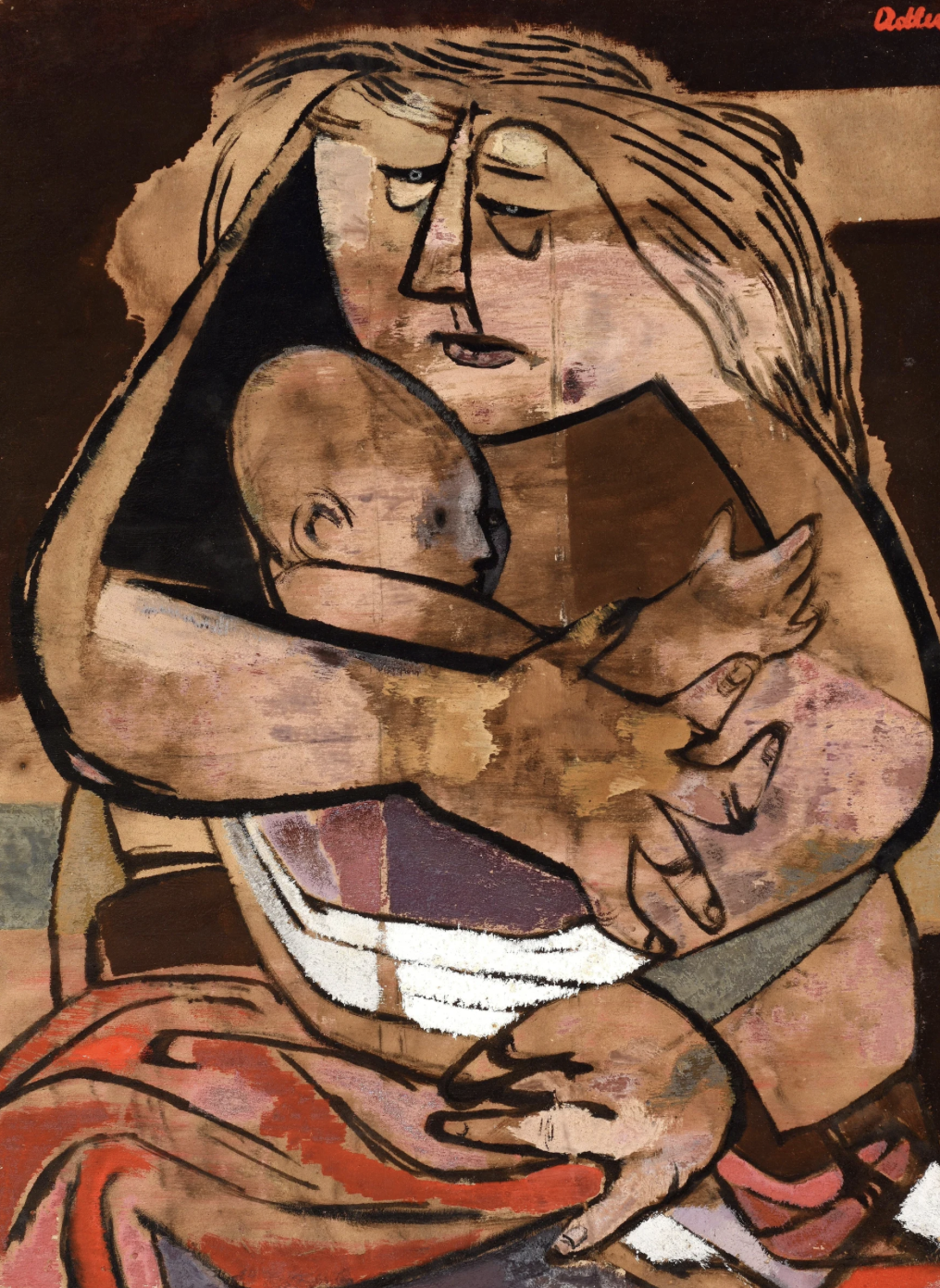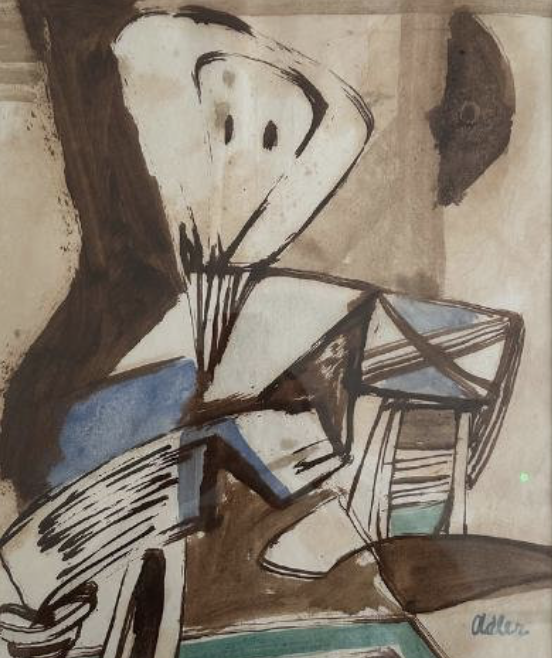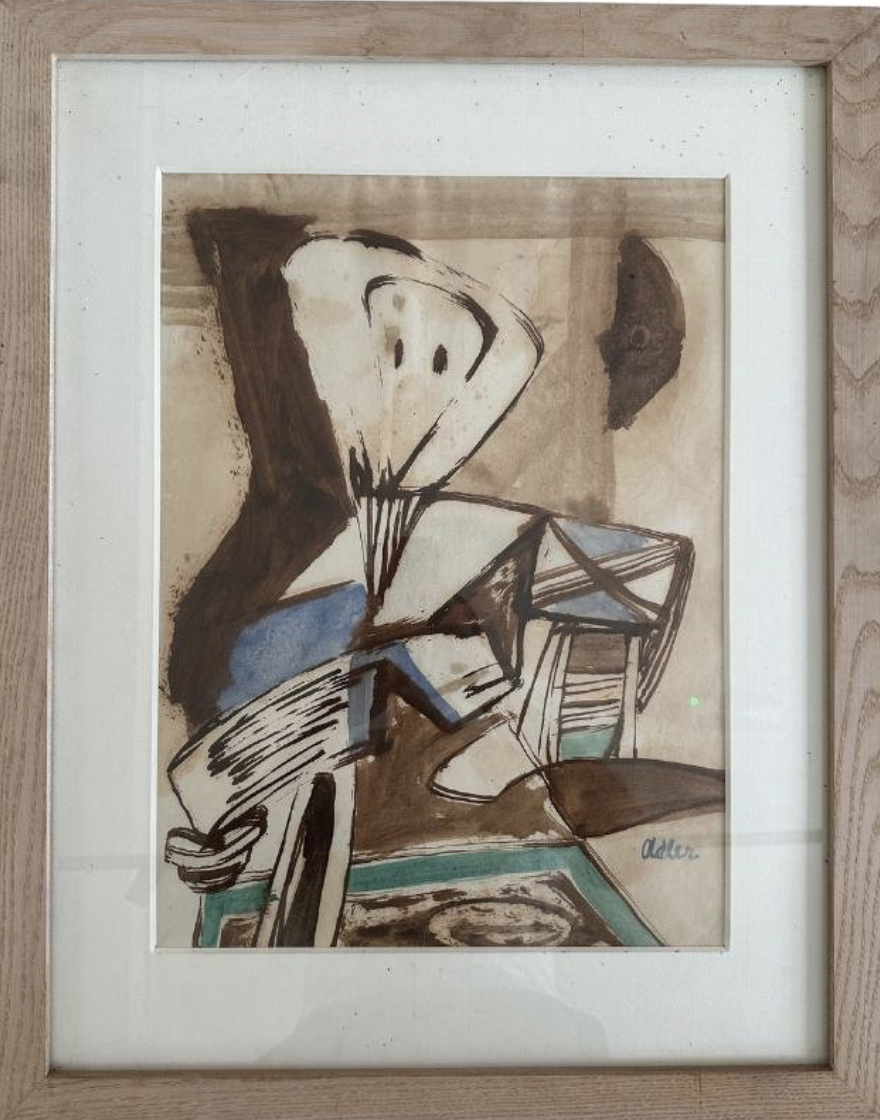JANKEL ADLER
"finding refuge in Britain in 1941, the forty-six-year-old Jankel Adler embarked afresh on a richly distinctive journey as an artist. The powerful, often stark monumentality characterising his earlier continental period gave way to vibrant new works of most subtle intricacy and compassionate poignancy. All that he had learned and absorbed from the great Modernists he had known in the 1920s and ‘30s – notably Klee, [Max] Ernst and Picasso – was now assimilated and integrated with apparently spontaneous ease into radically original, humane pictures."
- Philip Vann
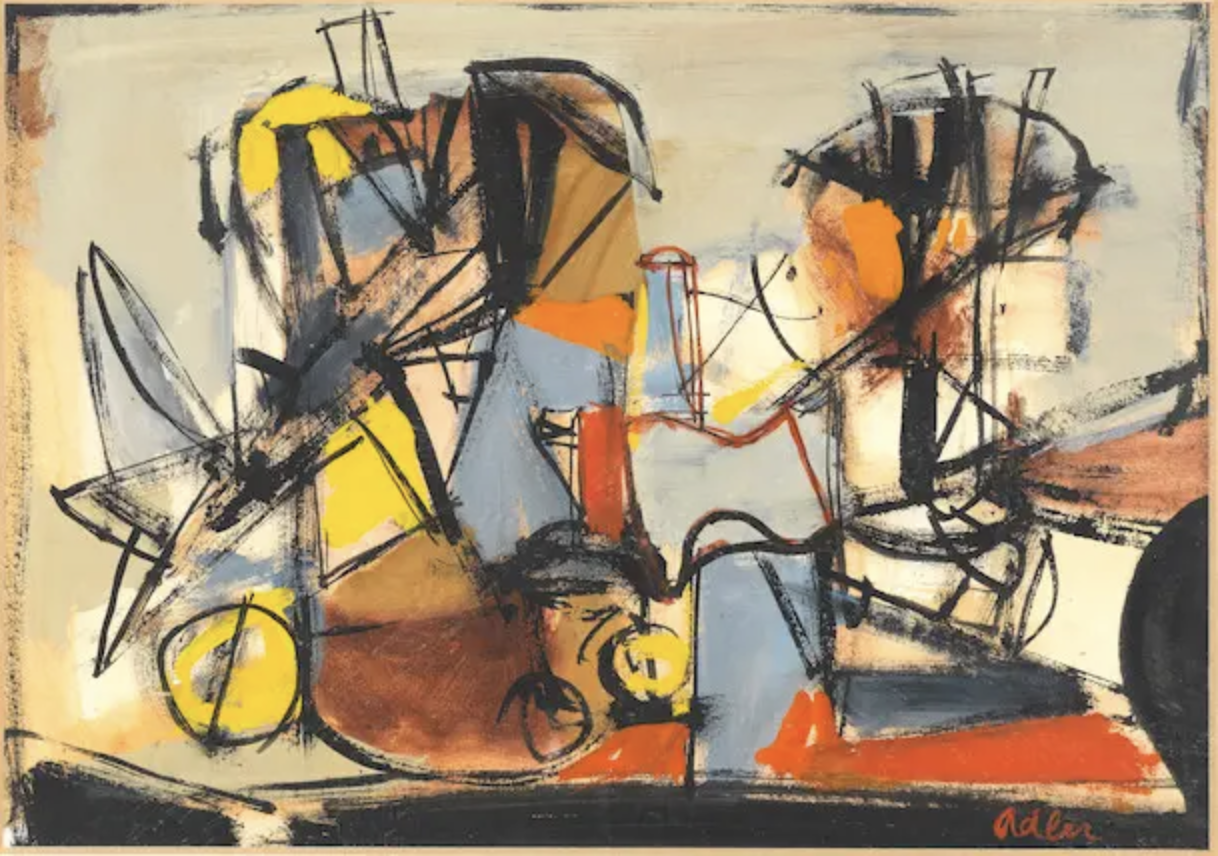
Early Life
Jankel Adler was born in 1895 in Łódź, Poland, into a Jewish family. He trained as an engraver before studying painting in Germany. In the 1920s, he settled in Düsseldorf, where he became associated with the progressive artistic circles of the time. Adler’s early work was influenced by his Jewish heritage, incorporating elements of folklore and symbolism.
Shop JANKEL ADLER Art Here
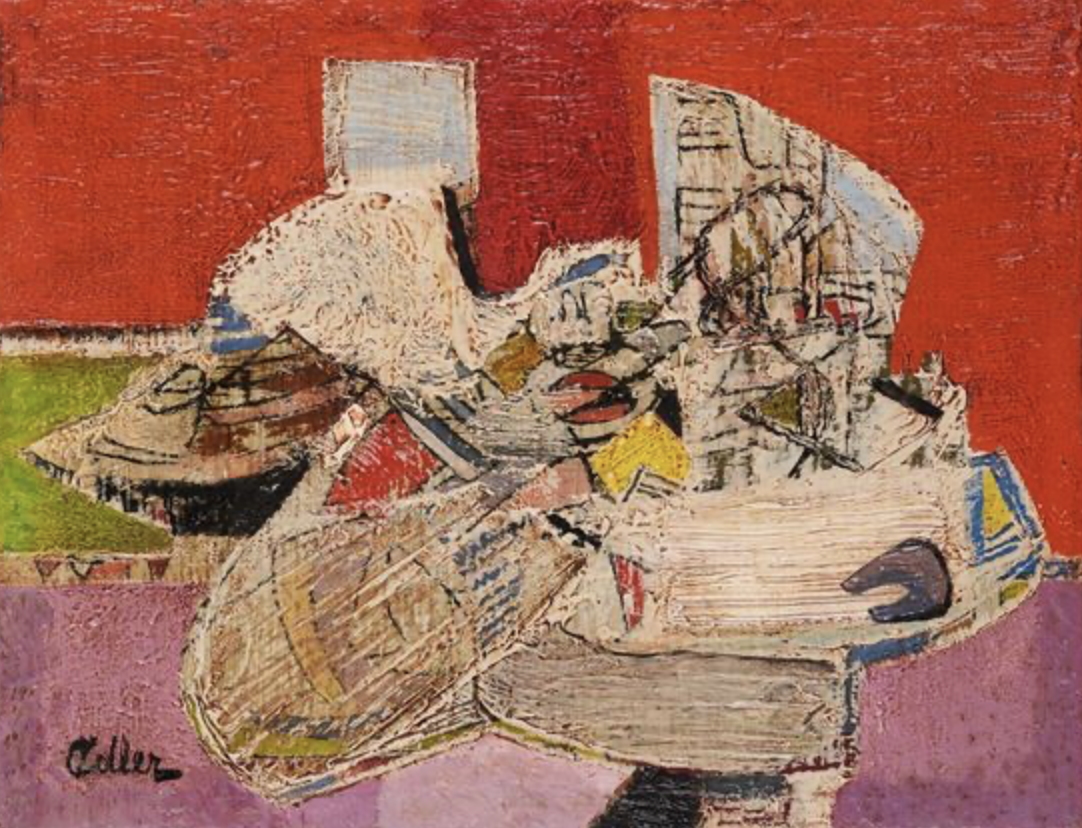
Influences
Adler was profoundly influenced by the avant-garde movements of the early 20th century, particularly Cubism and Expressionism. His exposure to Paul Klee and Pablo Picasso played a crucial role in shaping his abstract yet emotive style. Adler also drew inspiration from his Eastern European roots, blending traditional motifs with modernist experimentation.
Artistic Style and Defining Characteristics
Adler’s work is characterised by its textured surfaces, bold color contrasts, and abstracted forms. He often depicted figures, still lifes, and biblical themes, using a distinctive layering technique to create depth and movement. His style evolved throughout his career, transitioning from Cubist-inspired compositions to a more fluid and expressive approach, incorporating symbols and surreal elements
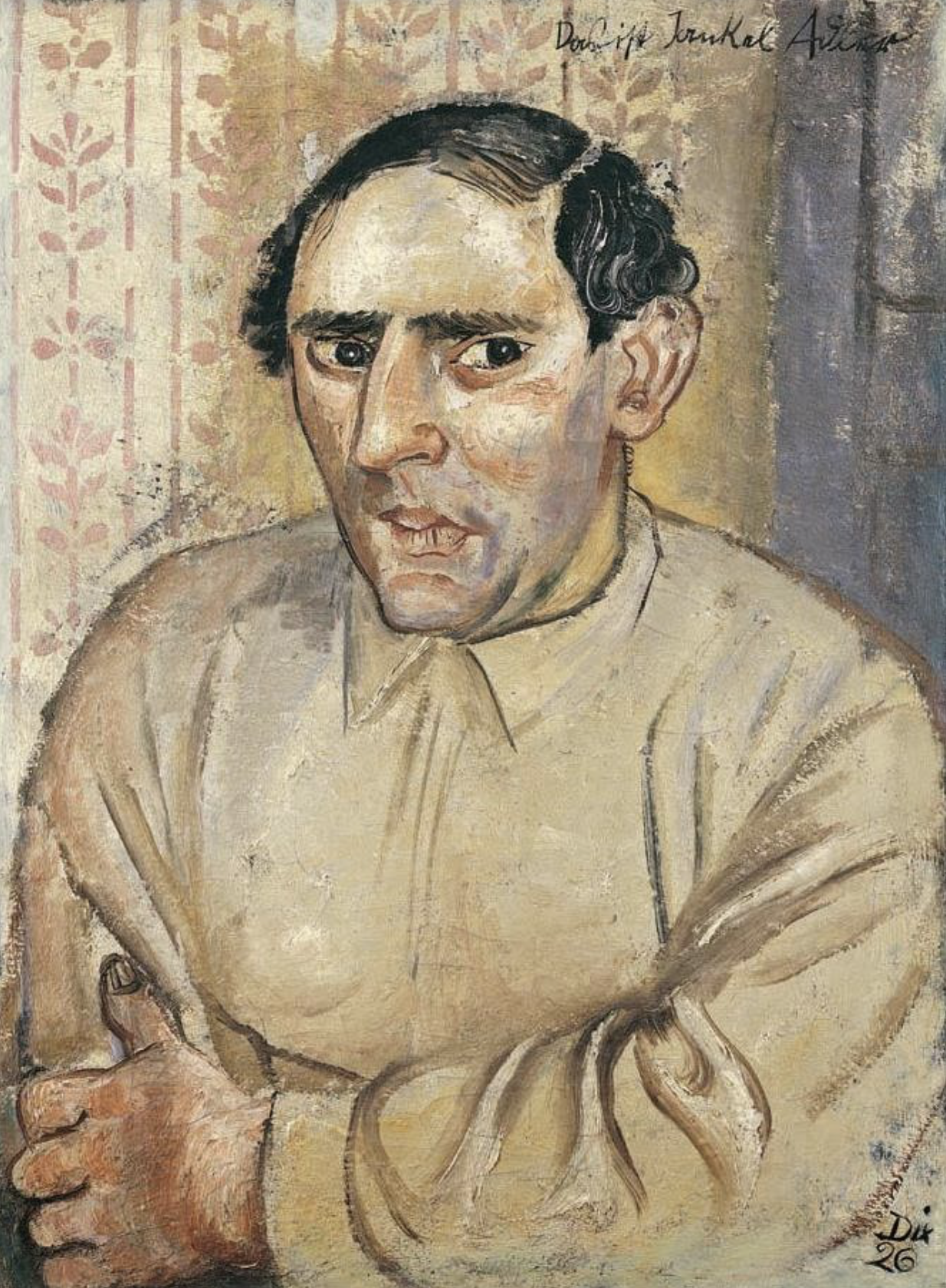
Mediums
Adler was a versatile artist, working in a variety of mediums, including oil on canvas, watercolours, engravings, and mixed media. His experimental techniques included sand mixed with paint to enhance texture, a method that added a tactile quality to his work.
Market Value
Jankel Adler’s works are highly sought after in the art market, particularly among collectors of European modernism and Jewish artists of the 20th century. His paintings, drawings, and prints frequently appear in major auction houses, with prices varying based on rarity, condition, and provenance. Larger oil paintings can command significant sums, while works on paper and prints remain more accessible to collectors.
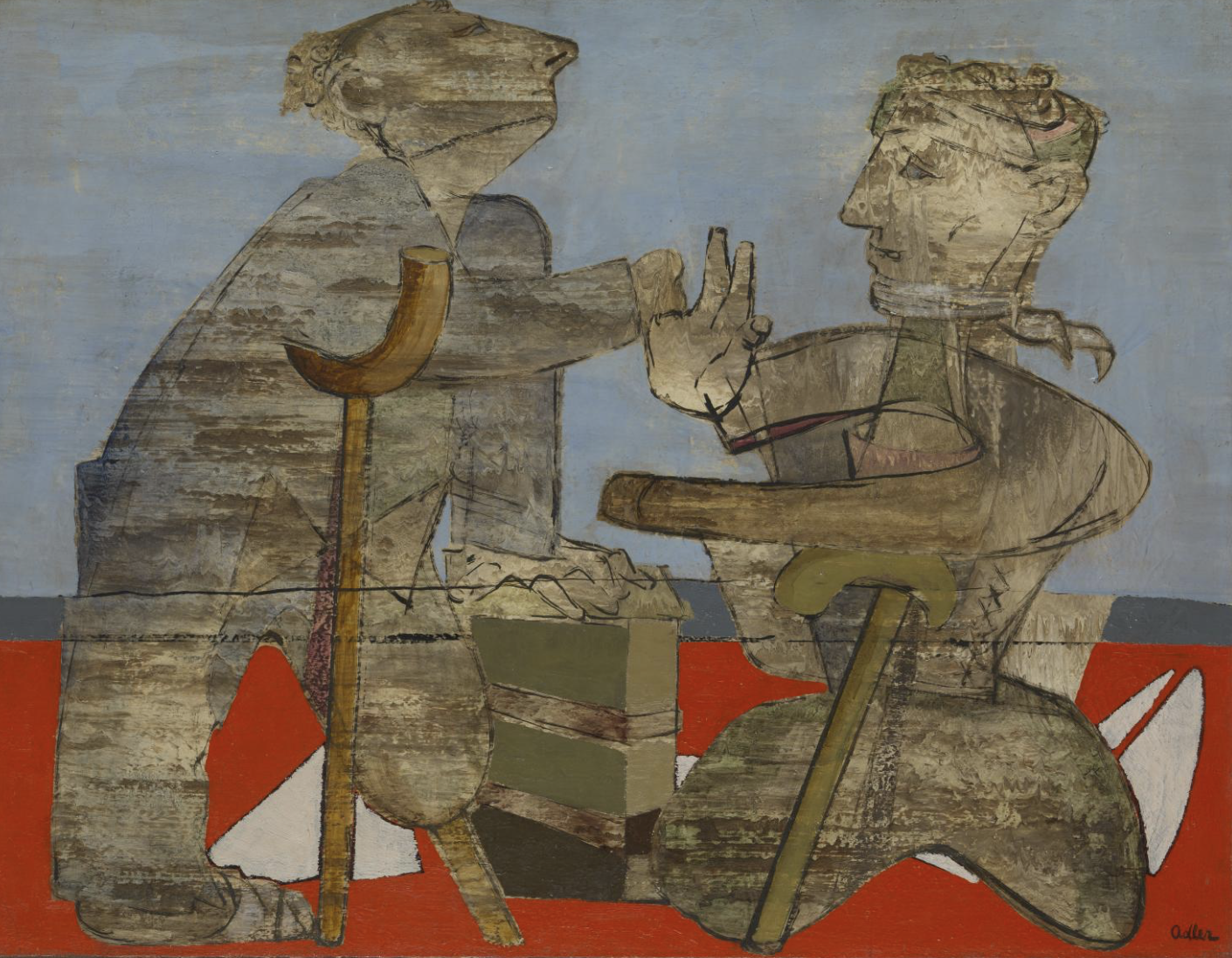
Exhibitions and Legacy
Adler exhibited widely during his lifetime, with notable shows in Germany, France, and the United Kingdom. His work was included in major avant-garde exhibitions, and he became a recognized figure in modern European art. After fleeing Nazi persecution in the 1930s, he settled in Britain, where he continued to paint and exhibit.
Today, Adler’s work is held in prestigious collections, including the Tate Gallery in London, the Museum of Modern Art in New York, and various European museums. His legacy endures as a key figure in 20th-century modernism, remembered for his bold fusion of tradition and innovation, as well as his resilience in the face of adversity.
